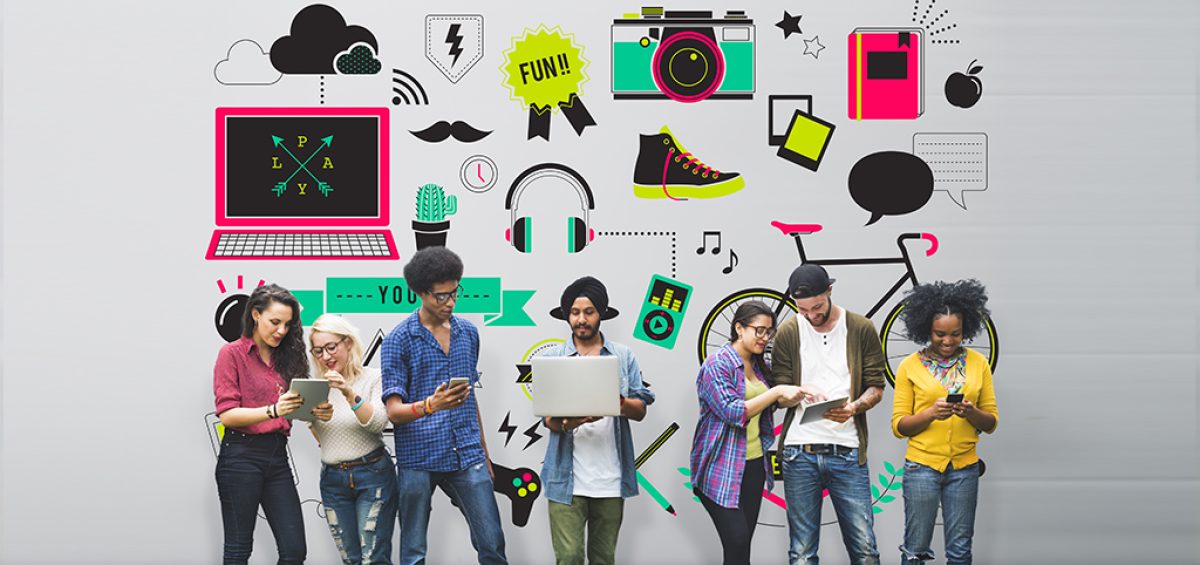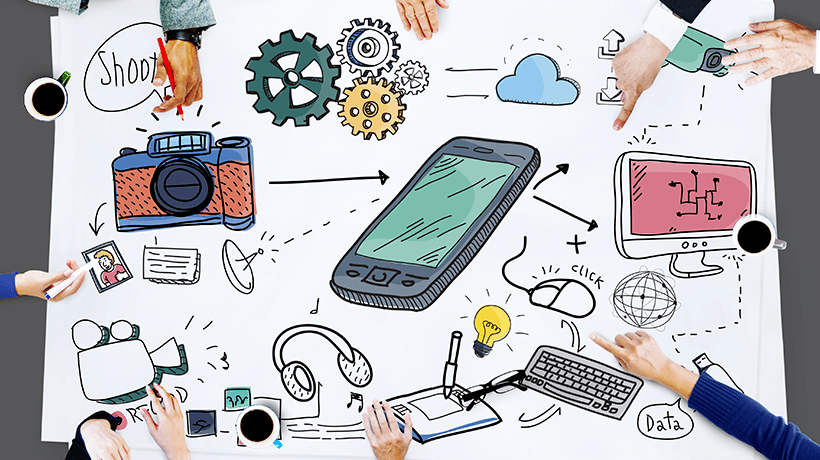Globalization, the internet revolution and rising expectations from students have created a new demand in today’s educational system. The traditional ways of learning have become outdated and are not equipped to meet the needs of the next generation.
Education is becoming more digital with every passing day as virtual and online learning platforms emerge as convenient, cost-effective and time-saving alternatives. Virtual Learning Environments (VLEs) offer learners immersive, online experiences that complement classroom learning rather than replace it.
EdTech is an abbreviation for Education Technology and encompasses all technological innovations that facilitate learning in schools. There are many trends in education technology, some of which you might see soon or others that could be further off in the future.
Here we highlight some of the most innovative technologies in education edtech today, so keep reading to learn more about what they are, how they work and their potential benefits as well as challenges they present.

Augmented Reality and Virtual Reality
AR and VR are immersive digital technologies that superimpose computer-generated imagery over the user’s view of the real world. With AR, computer-generated imagery (CGI) is combined with a real-world view to create the sensation of being able to see the augmented-reality environment along with real-world elements.
AR can be used to create realistic images, simulate the behaviour of real-world objects, or display information about the environment or things in that environment. VR, on the other hand, uses computer technology to create a 3D computer-generated environment that can be experienced by the user by wearing special equipment that is connected to a computer. Virtual Reality is more popular and more expensive but it’s more likely to become mainstream.
Artificial Intelligence in EdTech
Artificial Intelligence is a broad area of computer science that studies intelligence in machines. It is also known as “the study of intelligent behaviour in computers and other electronics by using the methods of analytical psychology, especially the study of human thought process.” It has the potential to improve many areas of education. AI can be used to create digital courses that adapt to the student’s needs, increase student retention and improve teacher collaboration.
More advanced AI techniques such as cognitive computing and neural networks are also being researched in education. AI-based software is already available in the market that helps teachers create better lesson plans, track students’ progress and manage students’ behaviour.
3D Printing in EdTech
3D printing is a process of making a physical object (such as an object made of plastic, metal or other material) from digital instructions. A 3D printer builds the object by building up thin layers of raw material, using a special printer head to travel back and forth across a build plate. A computer controls the printer head to build up the object by feeding instructions to the printer head.
This technique has several advantages over conventional manufacturing. It allows the production of large, complex objects with extremely high detail, in many different materials, and with many functionalities, without having to confine the design to a specific form factor. It also allows the production of complex, functional prototypes at lower costs and with reduced time delays than conventional manufacturing processes.

Internet of Things in EdTech
The Internet of Things (IoT) is a network of physical devices, equipment, and other objects that are enabled to communicate and share information over a wireless network. IoT enables objects to interact through sensing and exchanging data over the network. It lets devices talk to each other and potentially to other devices outside the system, such as other devices and people, over a network.
These objects can be anything—they could be household appliances, cars, construction equipment, medical devices, computers, or other devices—and they can communicate wirelessly. The IoT is quickly becoming a mainstream trend in education.
With the availability of low-cost sensors and cheap mobile devices, it’s easy to create a wide range of Internet of Things (IoT) applications for schools. Applications such as real-time location tracking for students, attendance monitoring for teachers, tracking and monitoring study progress, student progress tracking and assessment management are just a few examples of how IoT can improve the operation of a school.
Distributed Ledgers and Blockchain in EdTech
Distributed ledgers are types of databases that are replicated across multiple sites for reliability. They are slower than conventional databases but can be highly scalable and are used for many industries because they eliminate the single point of failure. Blockchains are decentralised digital ledger technologies first developed for the cryptocurrency Bitcoin.
They are used to create distributed ledgers that are verified by consensus. Blockchains eliminate the need for a central party to verify transactions by distributing the task across the network. Distributed ledger technologies like Blockchain are rapidly emerging as a mainstream trend in education. They are ideal for creating digital identities, managing student records like grades, attendance, and marks, and creating digital estates like digital certifications or academic transcripts.
gamification in edtech
Gamification is the process of adding game elements to non-game applications to improve engagement and increase participation. Gamification has become a pervasive trend in education technology. It is used in many forms to encourage students to learn and to improve their performance such as quizzes, social learning platforms, and assessment systems.
They are used to help students make the transition from a traditional learning environment to a digital learning environment. Teachers are finding new ways to gamify their lessons to engage students and get them excited about learning. Using game-based learning, teachers can integrate game elements into their lessons to make them more engaging, fun and interactive. Students are also playing games in class, on laptops or smartphones as a way to learn.

New Apps development – Programmers need to know too!
Many educational institutions are now turning to mobile app development to improve student outcomes. Mobile apps are now seen as a more reliable & effective way to collect student data and make it more accessible. They are also a great way to create engaging learning experiences for students.
Mobile apps have the potential to bring together all of the elements of an educational experience in one convenient location. They can present information about a specific topic, organize course content, track student progress, and allow students to interact with instructors in a variety of ways. They can also serve as a valuable tool for parents who want to stay informed about their child’s learning.
Apps are useful for delivering large amounts of content that can be useful in an offline format, such as a textbook or a curriculum. However, they are not always effective in helping students learn to think critically and apply that knowledge to real-world problems.
Conclusion
From the trends we have highlighted above, it is evident that the future of education will be more digital, connected and immersive. Virtual and Augmented Reality will bring us closer to the real world and increase the sense of presence and empathy in our learning experiences. Artificial Intelligence and 3D printing will help us create smarter and more efficient learning environments.
The Internet of Things will open new realms of data analysis and ensure better quality control and personalized services for students. Distributed ledgers and blockchains will make transactions faster, more secure and auditable. And gamification will be the key to engaging students and keeping them motivated to learn in the digital environment.







